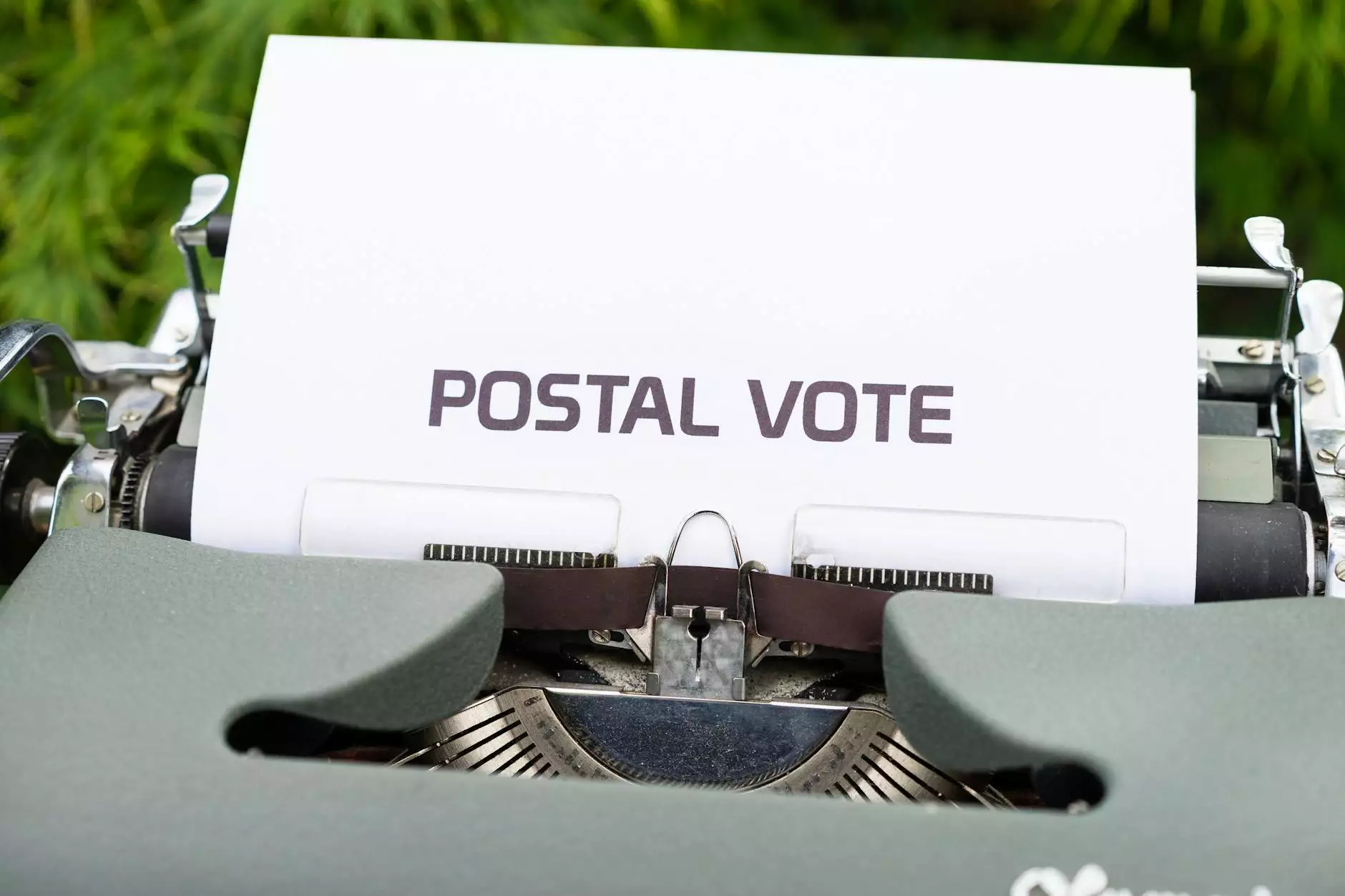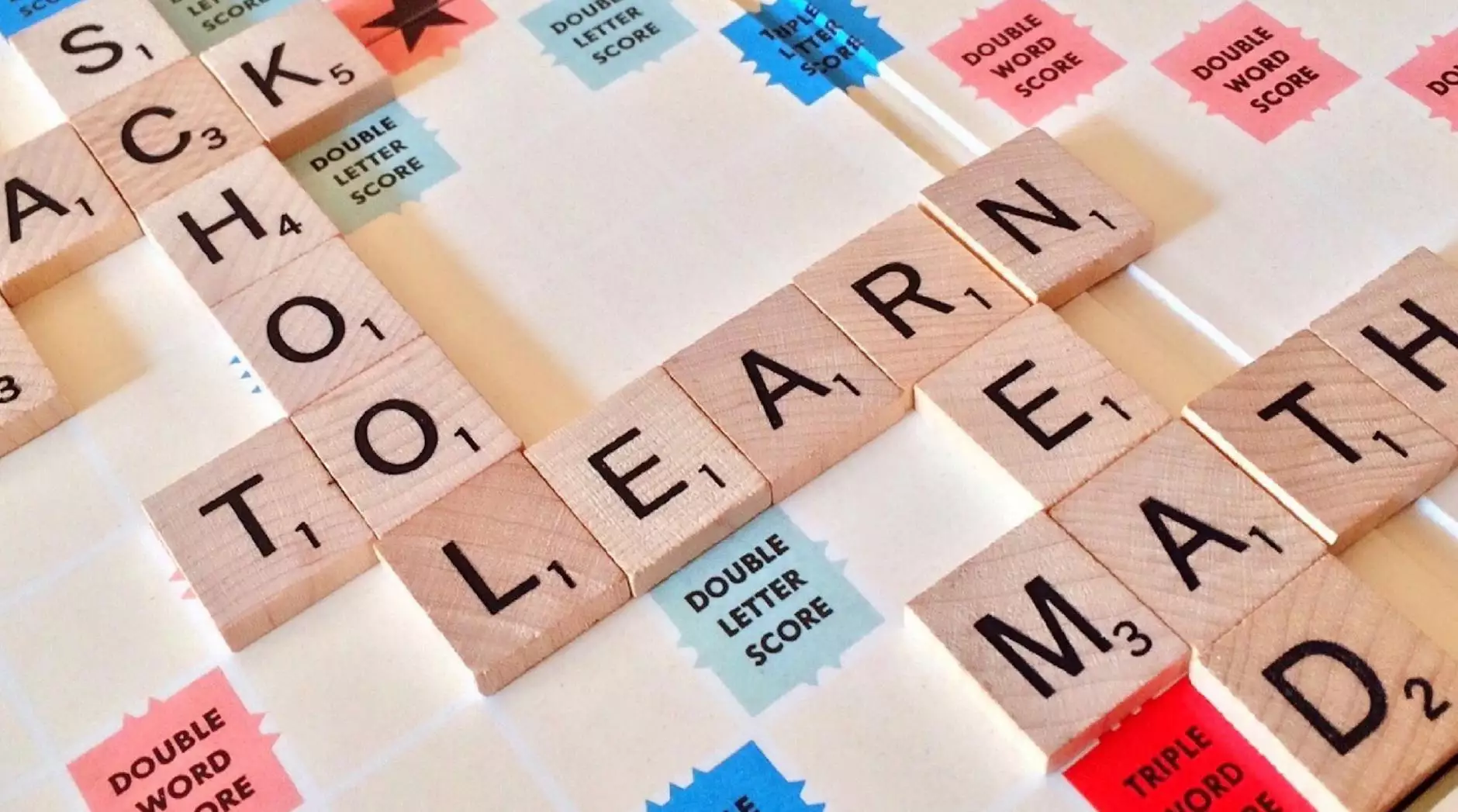Adjectives | Page 2 | Happy English – Free English Lessons
English Grammar Lessons
Introduction to Adjectives
Welcome to NJCLT's extensive resource on adjectives! In this section, you will find a wealth of information and exercises that will help you master the usage of adjectives in English.
What Are Adjectives?
Adjectives are an important part of speech that describe or modify nouns or pronouns. They add depth, color, and specificity to sentences, allowing for vivid and precise communication. By using adjectives effectively, you can enhance your writing, speaking, and overall English language skills.
Types of Adjectives
There are several types of adjectives, each serving a distinct purpose within sentences. Let's explore some of the most commonly used types:
1. Descriptive Adjectives:
Descriptive adjectives serve to give more information about the qualities or characteristics of a noun. They paint a picture in the reader's mind, allowing for a more engaging and descriptive reading experience. For example:
- Beautiful: She wore a beautiful dress to the party.
- Tall: The tall skyscraper stood proudly in the city.
- Friendly: He greeted us with a friendly smile.
2. Demonstrative Adjectives:
Demonstrative adjectives are used to point out or indicate specific nouns. They help in distinguishing between different objects or people. Common demonstrative adjectives include:
- This: This car belongs to me.
- That: That book on the shelf is mine.
- These: These shoes are comfortable.
- Those: Those houses across the street are beautiful.
3. Quantitative Adjectives:
Quantitative adjectives express the amount, quantity, or degree of a noun. They provide specific numerical information. Here are a few examples:
- Many: There are many books on the shelf.
- Few: Only a few people attended the meeting.
- Several: Several students scored top marks in the exam.
4. Possessive Adjectives:
Possessive adjectives demonstrate ownership or possession of a noun. They indicate the relationship between the noun and the person or thing possessing it. Common possessive adjectives include:
- My: This is my pen.
- Your: Is this your jacket?
- His: His car is parked in the driveway.
- Her: Her house is beautiful.
- Our: Our team won the championship.
- Their: Their dog is very friendly.
5. Interrogative Adjectives:
Interrogative adjectives are used to ask questions and gain more information about a noun. They are typically found at the beginning of questions. Here are some common examples:
- Which: Which color do you prefer?
- What: What book are you reading?
- Whose: Whose phone is ringing?
How to Use Adjectives Correctly
Using adjectives correctly is essential for effective communication in English. Here are some important guidelines to keep in mind:
1. Order of Adjectives:
When multiple adjectives appear together before a noun, they should be arranged in a specific order. This order generally follows the sequence of:
Opinion - Size - Age - Shape - Color - Origin - Material - Purpose - Noun.
For example:
A beautiful large antique round red Japanese ceramic vase.
This order ensures clarity and coherence in your descriptions.
2. Agreement:
Adjectives should agree in number and gender with the noun they modify. In English, adjectives are typically not inflected for gender, but some exceptions exist. Ensure that the adjective matches the noun it describes accurately.
3. Proper Placement:
Generally, adjectives appear before the noun they modify. However, there are cases where adjectives can appear after a linking verb:
She is intelligent. (After a linking verb)
It was a fun party. (Before a noun)
Understanding proper adjective placement is crucial for clear and accurate communication.
Practice Exercises
To enhance your understanding of adjectives, it's essential to practice using them in context. Below are a few exercises to help you reinforce your skills:
Exercise 1:
Choose the correct adjective to complete each sentence:
- The ___________ garden was filled with colorful flowers.
- She bought a ___________ car from the dealership.
- Those ___________ chocolates are delicious.
Exercise 2:
Fill in the blanks with suitable possessive adjectives:
- _______ teacher is very knowledgeable.
- _______ books are on the shelf.
- We enjoyed _______ trip to the beach.
Exercise 3:
Arrange the following adjectives in the correct order before the noun:
- Made in
- Old
- English
- Brown
- Leather
- Large
- Chair
Conclusion
Congratulations! You have now completed NJCLT's comprehensive guide to adjectives. By understanding the different types of adjectives and how to use them correctly, you are well-equipped to enhance your English language skills and communicate effectively. Remember to practice regularly and apply your knowledge in real-life situations to further strengthen your mastery of adjectives. Stay tuned for more exciting lessons and resources at Happy English – Free English Lessons!










